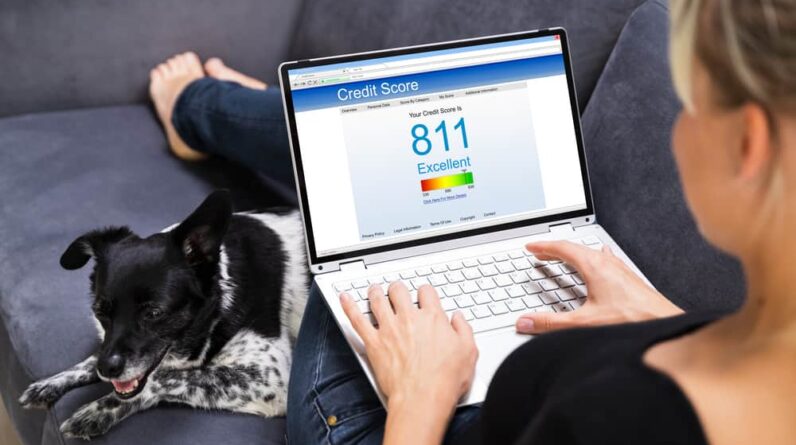
Leverage trading is an investment strategy in which an investor borrows money from another investor to buy a large number of shares of a stock. This strategy allows investors to make a greater return on their initial investment. Without leverage, an investor can buy only one share of an individual stock. With leverage, however, he can buy as many as ten shares of a stock. This gives the investor a 10x return on his initial investment.
Table of Contents
Limits of leverage
The limits of leverage in trading depend on the market volatility and the type of trader. If you're a retail client, your leverage is typically around 30:1, whereas professional clients are allowed to use much higher leverage. In general, a smaller leverage ratio reduces the risks of capital wipeout for retail clients.
Leverage is used in margin trading, which allows a trader to open positions on higher amounts than their account balance. For example, if a trader had a $10,000 account, he or she could open a position on Apple shares worth $50,000. This leverage would give the trader five times the amount of shares as they would have if they'd bought the assets outright. However, the trader would be required to maintain a 50% margin on their trading account.
Another drawback of using high leverage is that it magnifies your losses. Traders should consider this before using leverage. They shouldn't open more than one short-term trade at a time, and they should not track several trades at once. Also, traders should be careful when using leverage, especially when they're new.
Leverage can be dangerous when used improperly. Leverage allows you to borrow money from your broker and increase your position size by many times. However, it can be a good thing if used wisely. Margin trading involves borrowing money from your broker and using it as collateral for the trade. In some cases, the leverage ratio can reach 100:1.
Margin call risk in leveraged trading
When using margin to trade, traders should make sure to monitor their positions carefully and set automatic stop losses to avoid margin calls. They should also make sure they have enough margin to cover their potential losses. Many traders begin with too little margin, which can exacerbate their losses. It is important to hold more margin than is required in order to be able to absorb small market swings.
When trading with leverage, it is important to remember that your margin is only a portion of the value of your position, not the full amount. Leverage depends on the leverage ratio between your broker and your position value, and you should be aware of how much you can afford to risk.
One way to reduce the risk of margin calls in leveraged trading is to diversify your portfolio. If you hold a single stock, the risk of a margin call increases. The moomoo app discloses this risk on its risk details page, and also gives early warnings on individual stocks.
A margin call occurs when your margin account falls below the required amount. If your account is below the required amount, you must either deposit more money into it or sell the assets in the margin account. The sooner you can replenish your margin account, the better.
Managing risk in leveraged trading
Managing risk in leveraged trading is crucial in order to avoid significant losses. The main factor that needs to be considered is the position size. This will determine how much of the total loss you'll incur in case of a drawdown. Trading too large can quickly get you into trouble. This is why it's important to have expert risk management tools.
A basic risk management strategy includes using stops and limits. Stops are thresholds above which positions must be closed at a loss. Limits are price targets that must be met before you can cash in your profits if you're losing a trade. By using stop and limit orders, you can limit your losses and make the most of every opportunity.
Managing risk in leveraged trading can be challenging, but with proper knowledge and tools, you can minimize your losses. Managing risk is important to ensure that you're maximizing your profit potential. Managing risk is an essential part of any trading journey, whether you're an experienced professional or a beginner.
Knowing your risk tolerance before implementing leveraged trading strategies is a vital part of trading success. Leveraged trading strategies can be highly profitable, but they can also be a great source of stress for new traders.
Buying power
The calculation of buying power is not difficult, but it varies from brokerage to brokerage. In the case of equity derivatives, for example, buying power is equal to the underlying stock price, while in the case of options, it is equal to the exercise value plus the premium value. As a result, buying power for options is lower than for stocks.
Buying power in leverage trading is the total amount of money that you can use to increase your position in a trade. This amount changes based on the market you are trading in and the amount of leverage available. Buying power in a margin account is usually two to one, but in day trading, you can use up to four times that amount.
Leverage accounts offer greater buying power than cash brokerage accounts. Leverage depends on the value of the securities purchased and the amount of money you borrowed. For example, if you had ten thousand dollars in cash, you could buy fifty thousand shares of stock with the help of a margin account. The margin rate on a margin account fluctuates daily, taking into account risk factors. Portfolios with low volatility and diversification tend to get more favorable margin treatment.
Leveraged trading can be a powerful tool for hedging against market volatility. When you have a large position in the cash market, you can use buying power to protect yourself against market volatility by selling it short. As with cash trading, selling stocks short requires a margin account.
Liquidation risk in leveraged trading
Leveraged trading is a risky form of trading. The amount of leverage you use to open a trade determines how much liquidation risk you face. The higher your leverage, the higher the risk. Higher leverage leaves you with less money to play with during market fluctuations. To determine the right leverage ratio for you, analyze the volatility of your asset class.
If you have too much leverage and your account goes below your margin, your position will be liquidated automatically. This risk is greatest in futures trading, where leveraged positions can result in large losses. Traders can try to add funds to their margin account to bring their leverage up to the required amount, but liquidation will automatically occur when the amount of money in the account becomes too small to support the position.
A leveraged position has the potential to borrow up to 6x the funds that fund the position. To manage this risk, the lender checks borrowers' ability to repay the borrowed funds. When liquidation occurs, the borrower pays the liquidator bot 5% of the value of the position.
A trading strategy that minimizes liquidation risk is to set stop-loss orders to close positions before liquidation. These orders are known as trailing stop-losses. If they are executed correctly, they can help traders manage liquidation risk. By limiting leverage, traders can limit losses and increase unrealized gains.
Investing with leverage
Leverage is an investment strategy that uses borrowed funds to invest in securities. While this strategy is not for every investor, it can be a very powerful way to boost your overall returns. However, there are some things you should consider before investing with leverage. These include your risk tolerance and circumstances. For example, consider the risk of losing money when the market drops.
As with any investment strategy, the use of leverage must be done carefully and with caution. Leverage should never be used when you're not financially ready to lose the money. It is not recommended for beginners or those who don't have a deep understanding of trading. Even if you're comfortable with leverage, you must use extreme caution and be sure to stick to your limits and targets. In addition, make sure you have adequate reserves to meet margin calls.
When comparing different stocks from the same industry, it's important to take into account both operating and leveraged returns. For instance, if a company has a high return on equity, but a low one with a high leverage rate, you should consider it before deciding on which stock to buy. It's important to consider the dividends as part of the total return of a long-term investor, as they can lower the value of a stock.
The risk of using leverage is high and you could end up losing more than you invest. It's best to use it on select opportunities and only when your portfolio is growing enough to cover the cost of borrowing the money.https://www.youtube.com/embed/4E23qmanvgo







